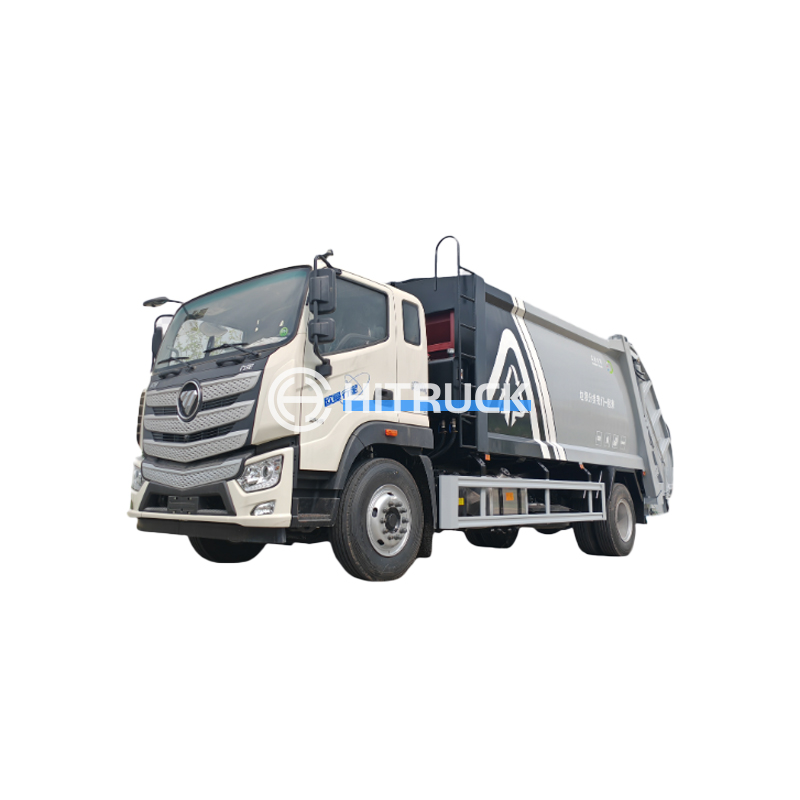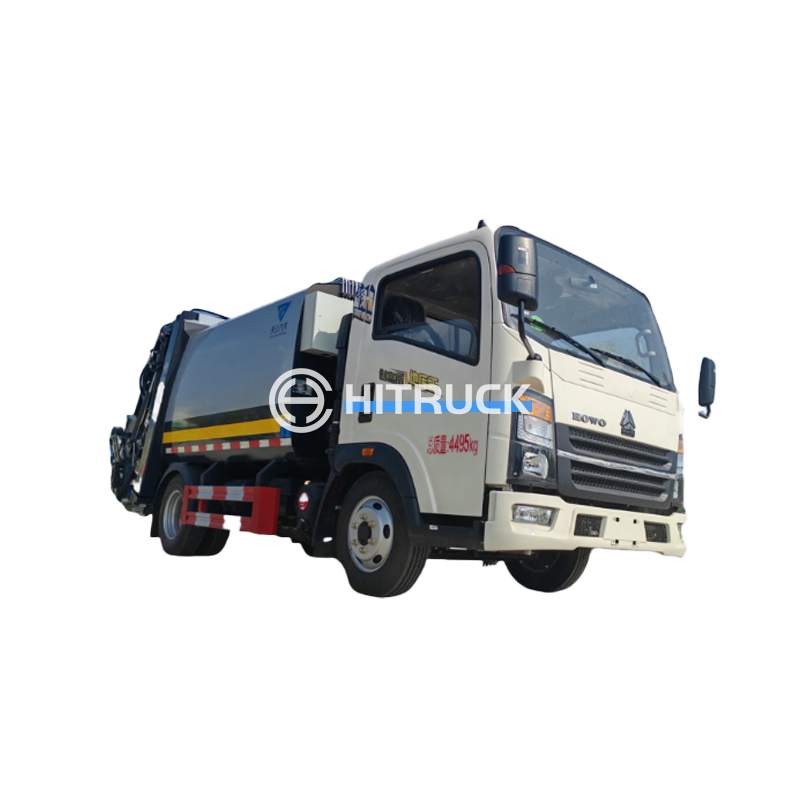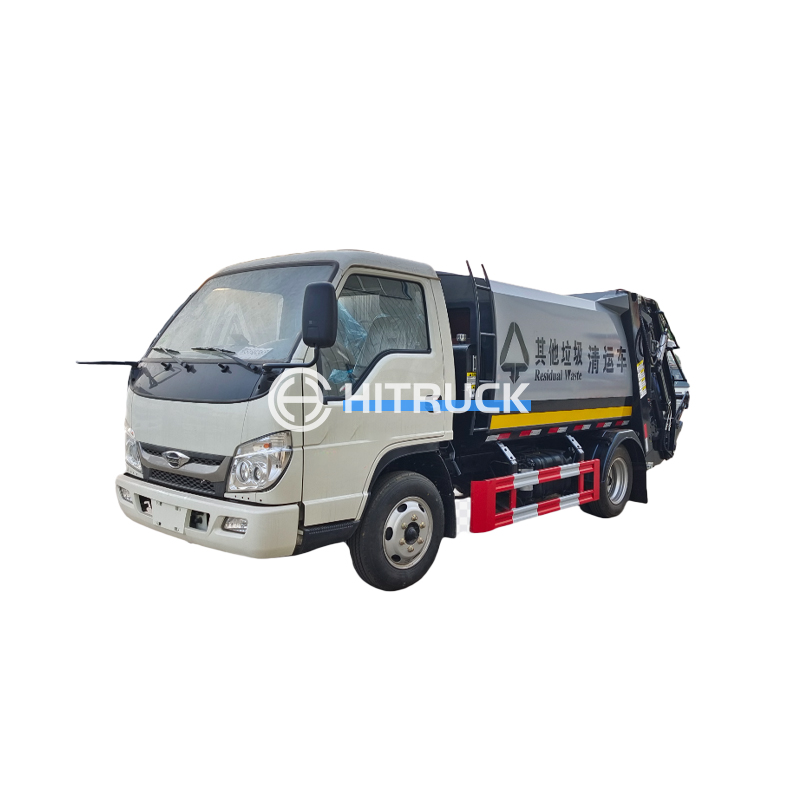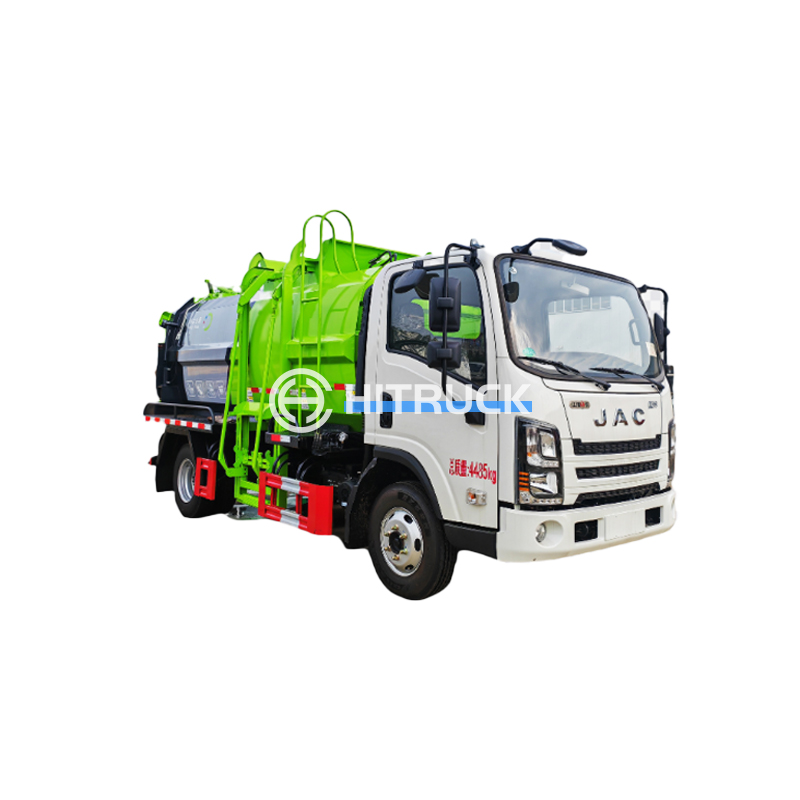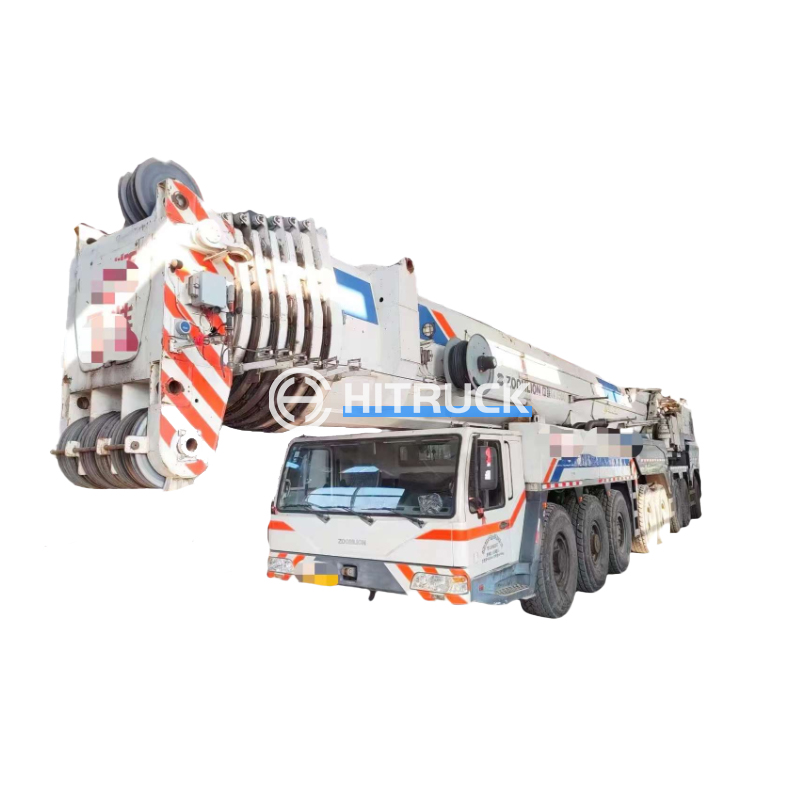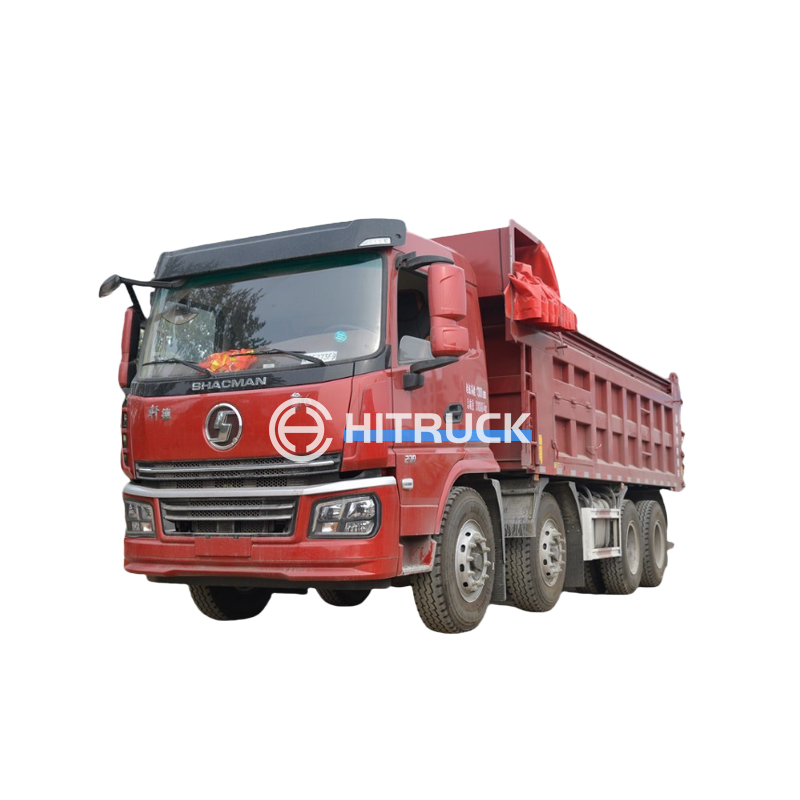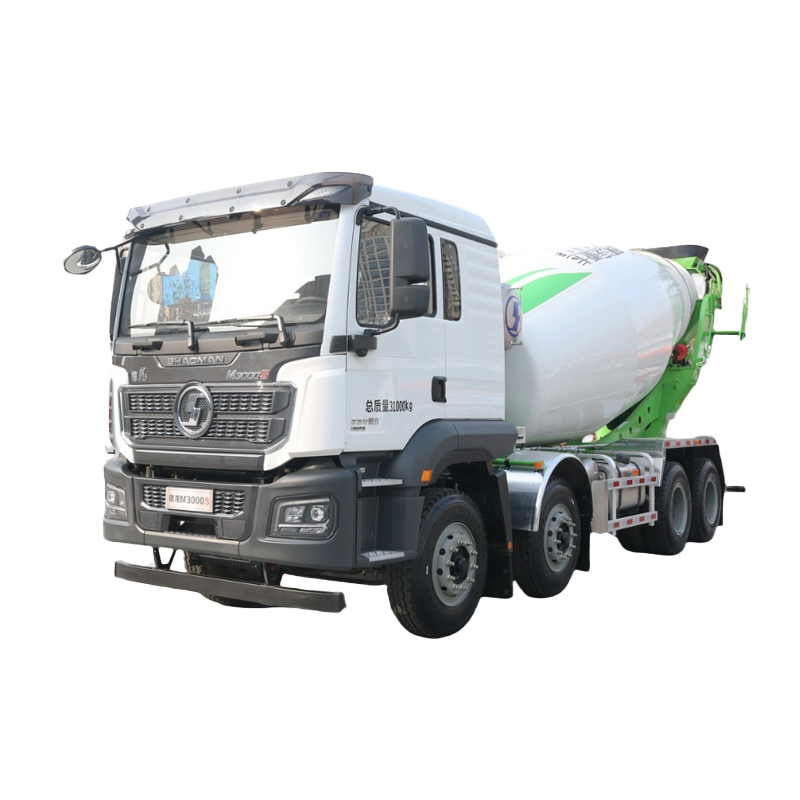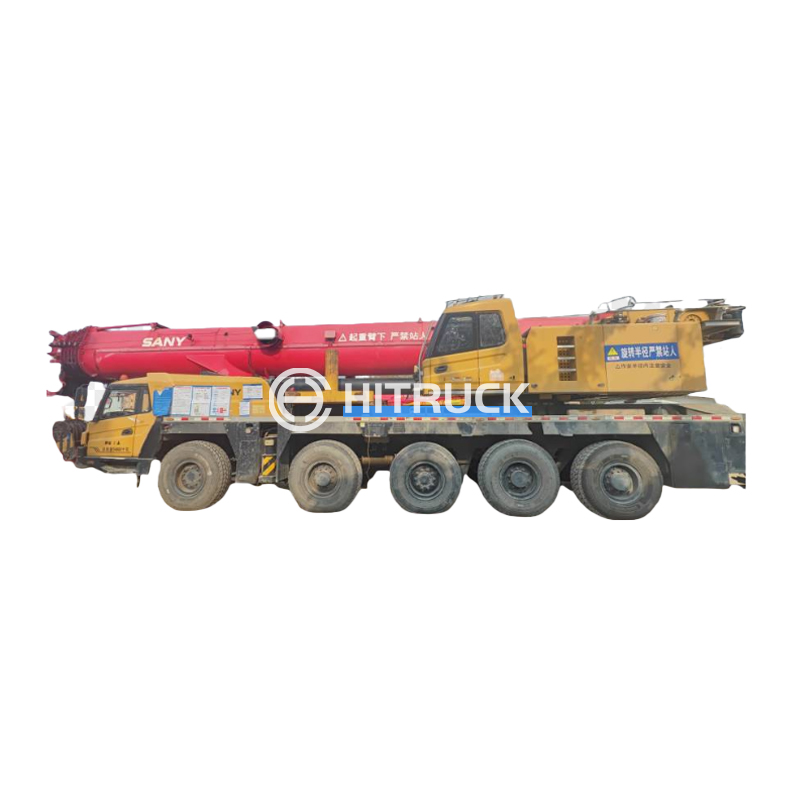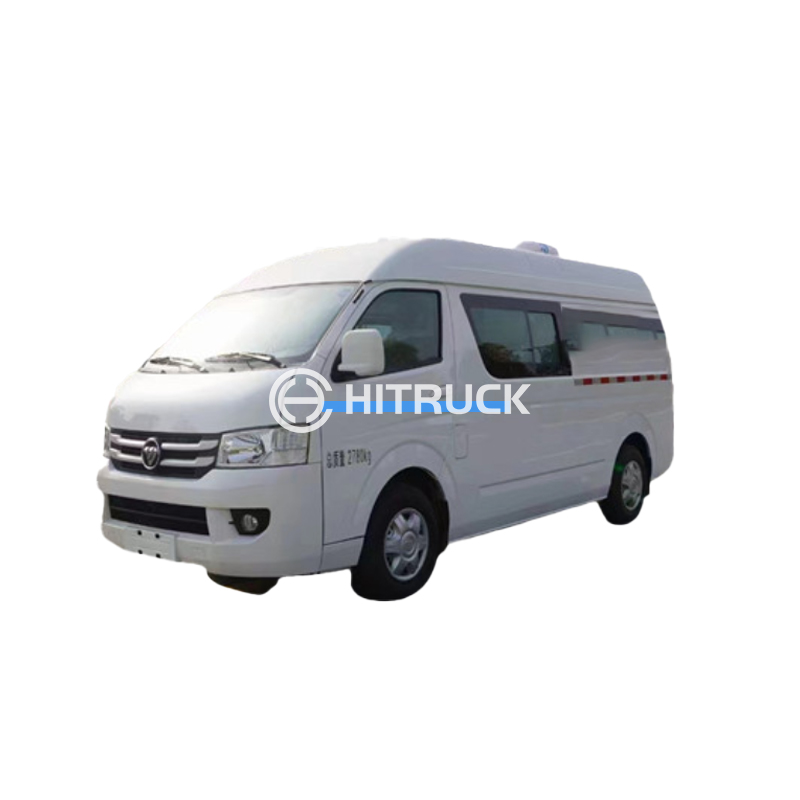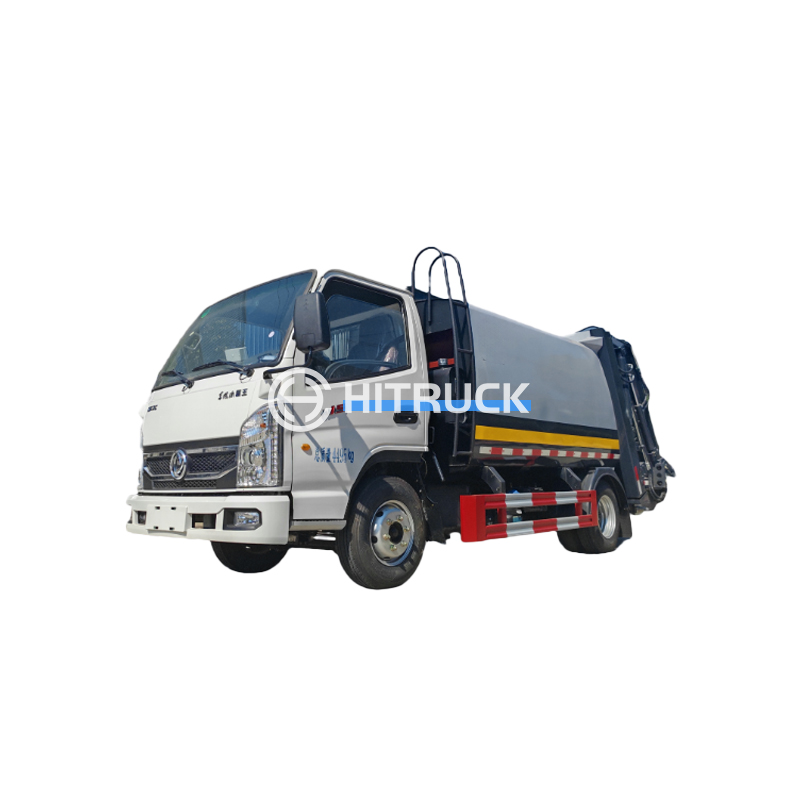Big Tower Cranes: A Comprehensive GuideBig tower cranes are essential for large-scale construction projects, lifting heavy materials to significant heights. This guide explores the different types, functionalities, safety features, and considerations for selecting the right big tower crane for your project.
This article provides a detailed overview of big tower cranes, covering their various types, applications, safety protocols, and selection criteria. We delve into the technical specifications, operational aspects, and crucial considerations for ensuring efficient and safe usage of these powerful lifting machines. Whether you're a seasoned construction professional or just starting to learn about heavy machinery, this guide offers valuable insights into the world of big tower cranes.
Hammerhead cranes are characterized by their horizontal jib, resembling a hammerhead. They offer excellent lifting capacity and reach, making them suitable for large construction sites. Their design allows for smooth operation and precise load placement. Many modern hammerhead cranes incorporate advanced features like anti-collision systems and load moment indicators to enhance safety and efficiency. These are often used in high-rise building construction projects and infrastructure development.
Flat-top cranes are known for their compact design, featuring a slewing unit positioned directly on the tower. This design makes them easier to transport and assemble compared to hammerhead cranes. While their reach might be slightly less than hammerhead cranes, they remain highly versatile and are frequently employed in urban construction where space is a premium. Choosing between a hammerhead and a flat-top big tower crane often depends on the specific requirements of the project.
Luffer cranes boast a unique configuration with the jib inclined upward. This design provides excellent lifting capacity at a shorter reach, making them ideal for projects requiring precise lifting in confined spaces. Often found in city center projects or those with limited space around the structure, they offer a balance of power and maneuverability within tighter restrictions. Their design minimizes the footprint while retaining excellent lifting capabilities.
Selecting the appropriate big tower crane requires careful consideration of several factors. These include:
Operating big tower cranes demands strict adherence to safety regulations. Regular inspections, qualified operators, and proper maintenance are crucial for preventing accidents. The use of load moment indicators and anti-collision systems significantly reduces risks. Furthermore, adhering to site-specific safety protocols and employing thorough risk assessments are paramount to ensuring a safe work environment.
Regular maintenance and thorough inspections are vital for extending the lifespan and ensuring the safe operation of big tower cranes. This includes regular lubrication, component checks, and safety system testing. Scheduled maintenance should be carried out by qualified technicians, following the manufacturer's guidelines. Proactive maintenance significantly reduces the risk of malfunctions and ensures operational efficiency.
Big tower cranes are indispensable machines in modern construction. Understanding their various types, operational considerations, and safety protocols is essential for successful project execution. By carefully selecting the appropriate crane and adhering to stringent safety practices, construction professionals can ensure efficient and safe operation, contributing to successful project completion. For more information on heavy machinery and equipment, explore our selection at Suizhou Haicang Automobile sales Co., LTD.

